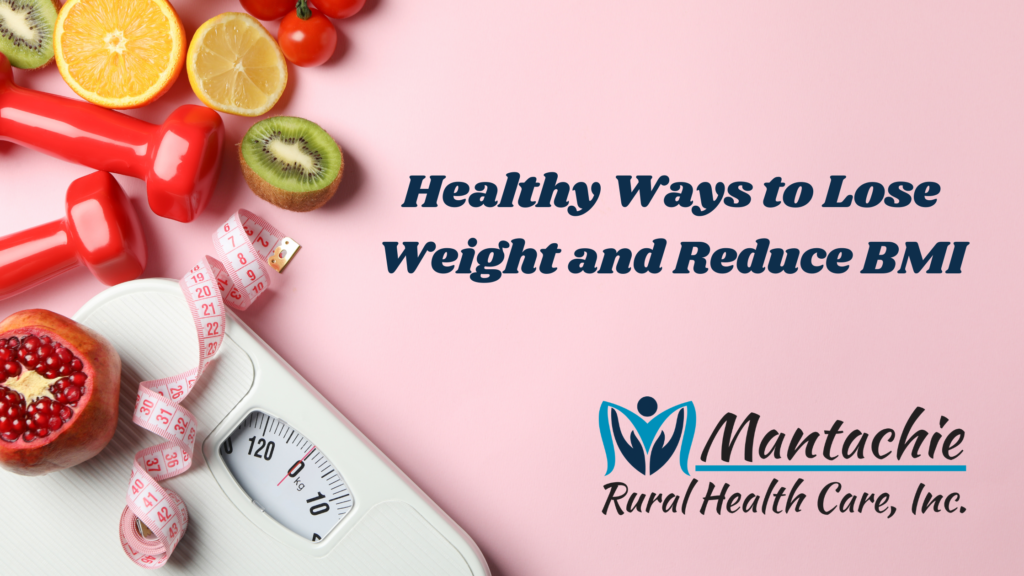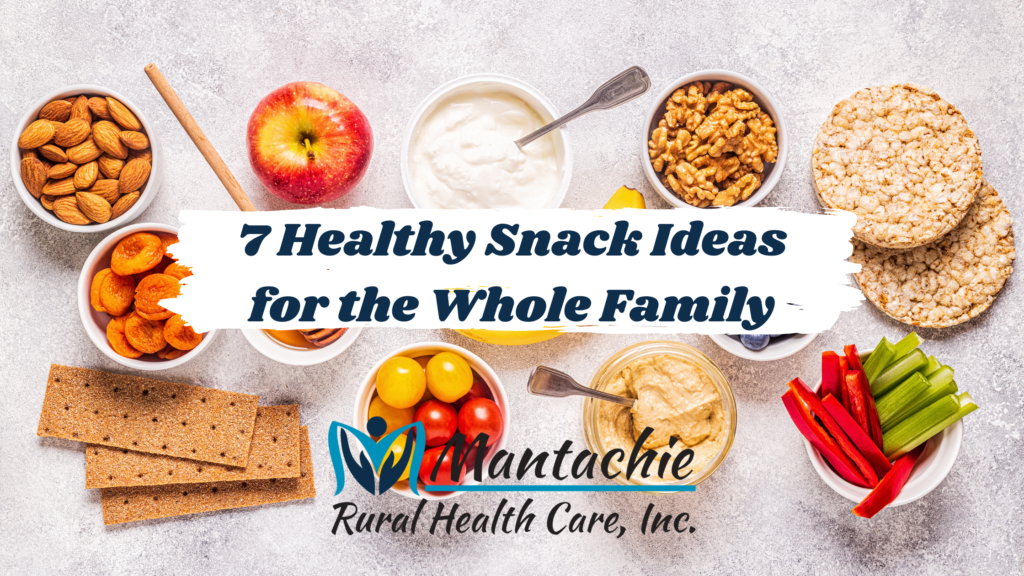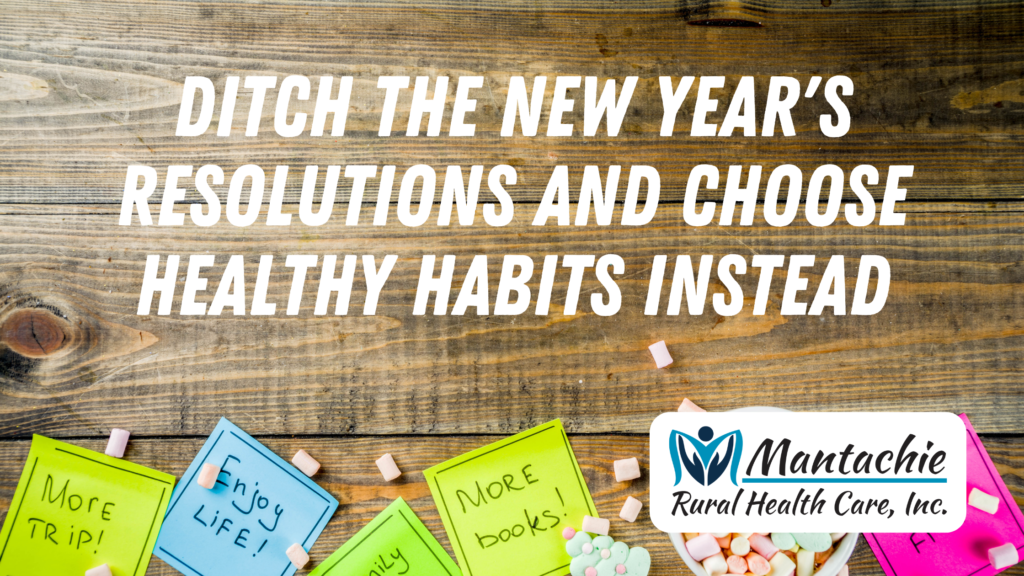
Losing weight sounds easier than it really is. Diet plans often include expensive supplements. Nutrition labels contain confusing information. Daily schedules prevent us from cooking healthy meals. Yet our doctor (and our scales) keep reminding us how important it is to maintain a healthy weight. In today’s blog, we’re breaking down weight loss truths to help you stay healthy.
Truth: It’s not about your weight
Instead of focusing on the number on the scales take a look at your Body Mass Index. Your BMI offers a rough look at how much fat mass you’re likely to have. You can find an online calculator, but it’s best to let your doctor work out that number for you. Left to our own devices, most of us will knock a few pounds off our weight or add an inch or two to our height which can skew results. If you’re super athletic you’re likely to have a higher BMI due to muscle weight. At a glance, it might make you think you need to lose weight when you really don’t. Your doctor can help you figure out what your BMI means to you.
Truth: Your BMI determines your health risks
A BMI of 30+ indicates obesity which increases your risks of getting sick and dying from a whole host of chronic conditions such as diabetes, high blood pressure, heart disease, sleep apnea, and high cholesterol. Lowering your BMI improves your overall health and can lead to a longer life with higher quality.
Truth: Small starts count
Maybe you’re not ready to change your entire lifestyle and lose a hundred pounds. We understand that. Big changes are scary and uncomfortable. So let’s start small. Instead of aiming at a big weight loss goal, perhaps your goal is not to gain any more weight. Or maybe you want to start by losing 5% of your body weight. A small percentage of weight loss can add up to big benefits in the health department. It’s not about wearing certain size clothes but choosing a healthier lifestyle.
Truth: Recording your meals works
Whether you prefer pen and paper or an online app, studies show when we record our meals we lose more weight. Why? Because most of us don’t really know how much we eat. For one week write down everything you eat. You’ll likely be surprised by when and how much you eat. You’re not alone. Once you know where and when you’re consuming empty calories you can create a plan to reduce those triggers.
Truth: Exercise + Healthy Eating = Weight Loss
Let’s define exercise here. You don’t have to spend an hour on a spin bike every other day or run a 5K three times a week. Start small. Create a schedule. Make it easy. Choose an activity you enjoy and commit to doing that activity 2-3 times a week. Maybe it’s taking a 20-minute walk after dinner on Monday, Wednesday, and Friday. Track your movement. If you’re moving more this week than you moved last week, you’re headed in the right direction.
Truth: Nutrition and meal planning matters
Not all foods are created equal. Some foods contain more nutrients than others. We reduce our calorie intake when we swap out empty calories for foods with a higher nutritional value. We also stay full longer. At the beginning of this article, we mentioned the confusing information on nutritional labels. We have a secret weapon for figuring out how to create a nutrient-rich eating plan. Her name is Erica Witcher. She’s a registered dietitian who works with our patients to create meal plans that support their goals.
If your BMI is keeping you from living a healthy lifestyle and you’re adding more medication to manage more chronic illnesses, we can help. Call our clinic at (662) 282-4226 to make an appointment with Erica or ask for a consultation with her during your next appointment at our clinic.







